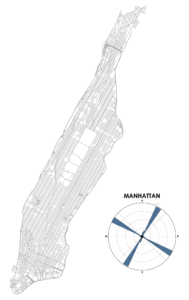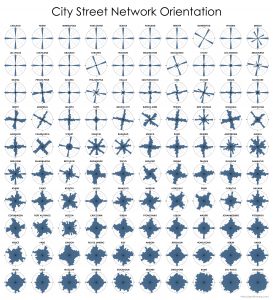 I am giving the Transactions in GIS plenary address at the AAG conference this afternoon. I’ll be reflecting on urban science, spatial networks, and tool-building in academia, focusing on OSMnx. A paper will be forthcoming soon, but in the meantime, for any interested plenary session attendees or other folks, here are a few links to more info and related resources:
I am giving the Transactions in GIS plenary address at the AAG conference this afternoon. I’ll be reflecting on urban science, spatial networks, and tool-building in academia, focusing on OSMnx. A paper will be forthcoming soon, but in the meantime, for any interested plenary session attendees or other folks, here are a few links to more info and related resources:
Getting started
What is OSMnx? What does it do? Here’s a succinct overview.
The easiest way to get started with street network modeling and analysis in OSMnx is with this docker image and these example/tutorial Jupyter notebooks. The OSMnx software documentation is available here and this journal article introduces it more formally.


